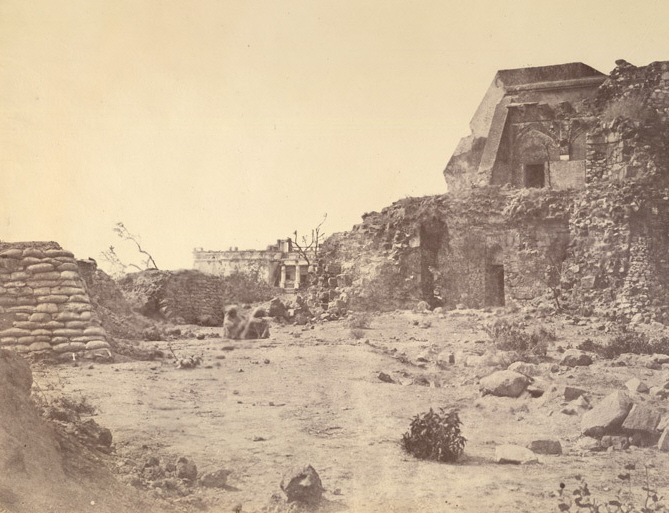A talk by Khurshed Batliwala, director of World Alliance for Youth Empowerment at Ruia College, Mumbai.
He interestingly explains the technology as per hindu mythology and vedas that exist millions of years ago even the technique of extracting zinc from zinc ore that nobody knows at that point of time but only Indian tribal people and moreover even today two totally rust-proof and only such kind of pillars exist is in India only - one in Qutub minar, Delhi and other one in Ujjain standing there for thousands of years.
He interestingly explains the technology as per hindu mythology and vedas that exist millions of years ago even the technique of extracting zinc from zinc ore that nobody knows at that point of time but only Indian tribal people and moreover even today two totally rust-proof and only such kind of pillars exist is in India only - one in Qutub minar, Delhi and other one in Ujjain standing there for thousands of years.
He also explains who actually discovered Vasco-da-gama a city of Goa,India named after a european discoverer.
With a post graduate in Mathematics from the Indian Institute of Technology, Bombay, Khurshed Batliwala, or Bawa as he is fondly known (a nick name that has stuck from his IIT days) is an extraordinary personality.
With a post graduate in Mathematics from the Indian Institute of Technology, Bombay, Khurshed Batliwala, or Bawa as he is fondly known (a nick name that has stuck from his IIT days) is an extraordinary personality.
In his own words, he decided it was better to teach people meditation and make them happy rather than teach them mathematics and make them miserable and thus chose the unconventional and challenging career path as a faculty member of the Art of Living, sharing the vision of its founder, Sri Sri Ravi Shankar, which is to see a smile on every face on the planet.













